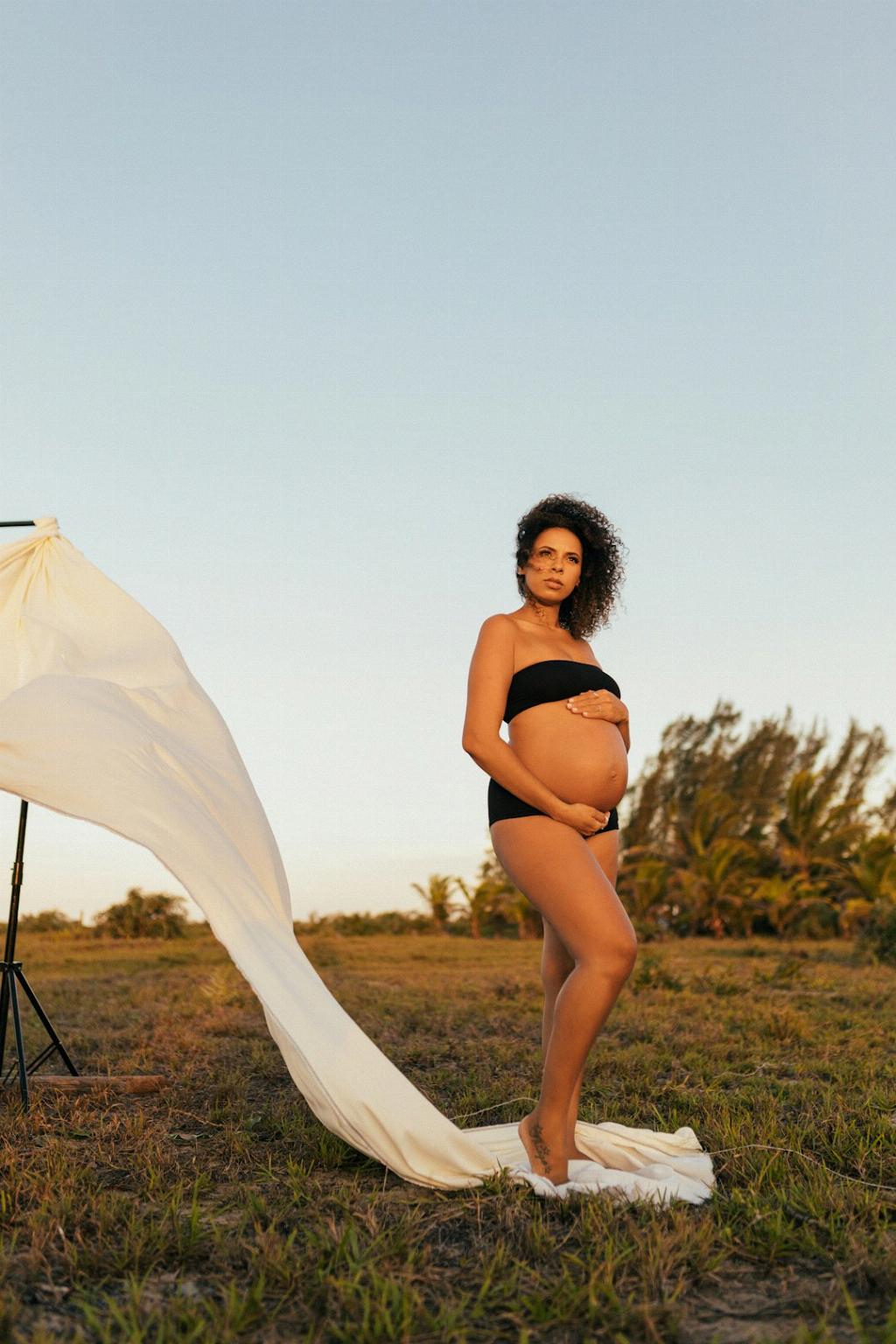When it comes to the risk factors associated with preeclampsia, maternal age is a crucial consideration. In particular, advanced maternal age (AMA), typically defined as women over the age of 35, has been identified as a significant risk factor for the development of preeclampsia.
Research has shown that women in the AMA category are more prone to experiencing preeclampsia compared to younger women in the 25-29 age range. In fact, studies have indicated that AMA women have a 4.5 times higher risk of developing preeclampsia than their younger counterparts.
One of the reasons behind this heightened risk is the natural aging process of the female body. As women age, their reproductive systems undergo changes that can potentially impact pregnancy outcomes. These age-related changes can influence factors such as blood pressure regulation, which is a key component in the development of preeclampsia.
Furthermore, older women are more likely to have preexisting health conditions such as hypertension, diabetes, or obesity, which are known to be associated with an increased risk of preeclampsia. These underlying health issues can further exacerbate the likelihood of developing the condition during pregnancy.
It is important to note that while AMA is a significant risk factor for preeclampsia, it does not guarantee that every older woman will develop the condition. Pregnancy outcomes are complex and can be influenced by a variety of factors, including genetics, lifestyle choices, and overall health status.
Healthcare providers often take a proactive approach when managing pregnancies in older women to mitigate the risks associated with preeclampsia. This may involve close monitoring of blood pressure, urine protein levels, and other relevant markers to detect early signs of the condition.
Additionally, older women are encouraged to maintain a healthy lifestyle during pregnancy, which includes regular exercise, balanced nutrition, and adequate prenatal care. These lifestyle modifications can help reduce the overall risk of developing preeclampsia and promote a positive pregnancy outcome.
Despite the increased risk of preeclampsia in AMA women, it is essential to approach each pregnancy on an individual basis. Factors such as overall health, medical history, and prior pregnancy experiences should all be taken into consideration when assessing the likelihood of developing preeclampsia.
Ultimately, the relationship between AMA and preeclampsia underscores the importance of personalized care for pregnant women of all ages. By addressing the specific needs and risks associated with advanced maternal age, healthcare providers can optimize pregnancy outcomes and ensure the health and well-being of both mother and baby.

